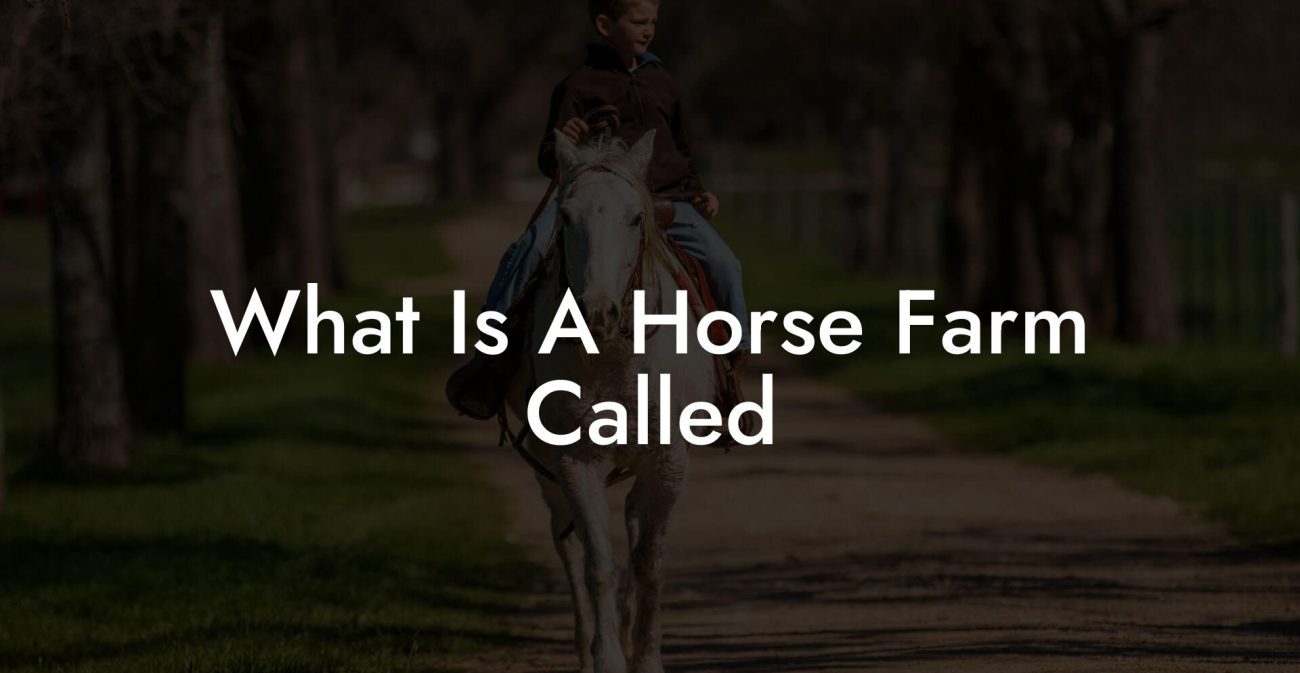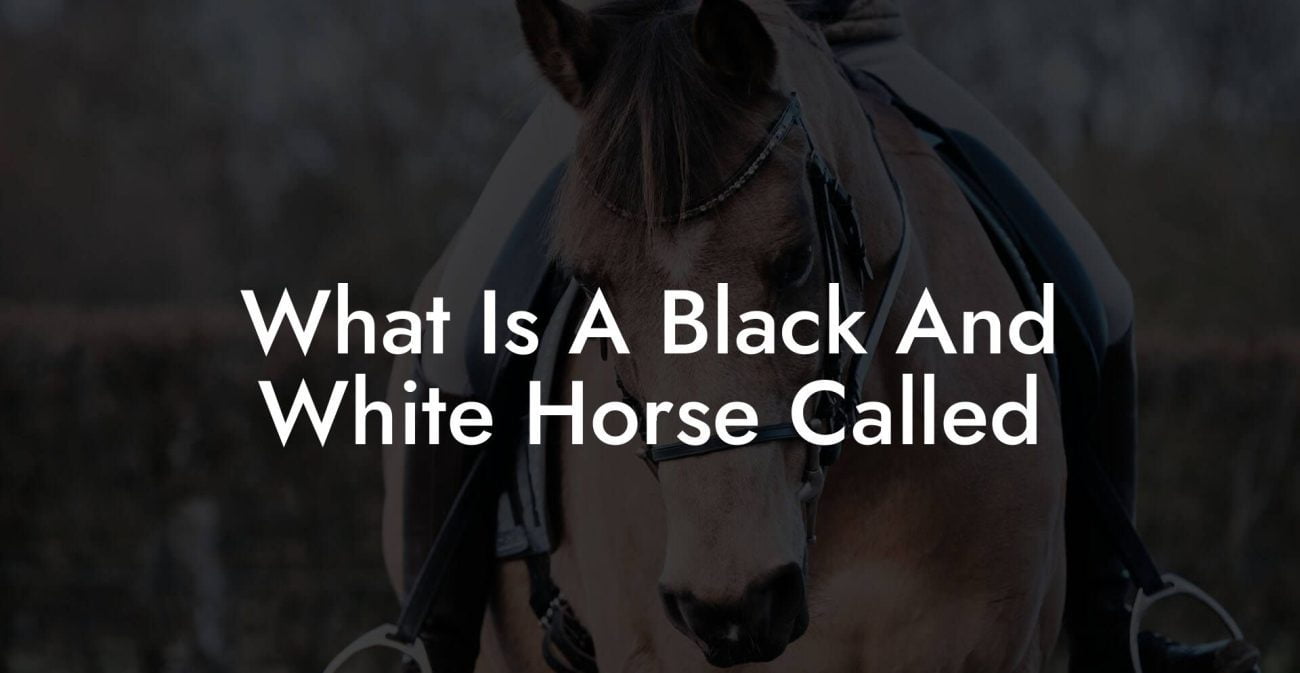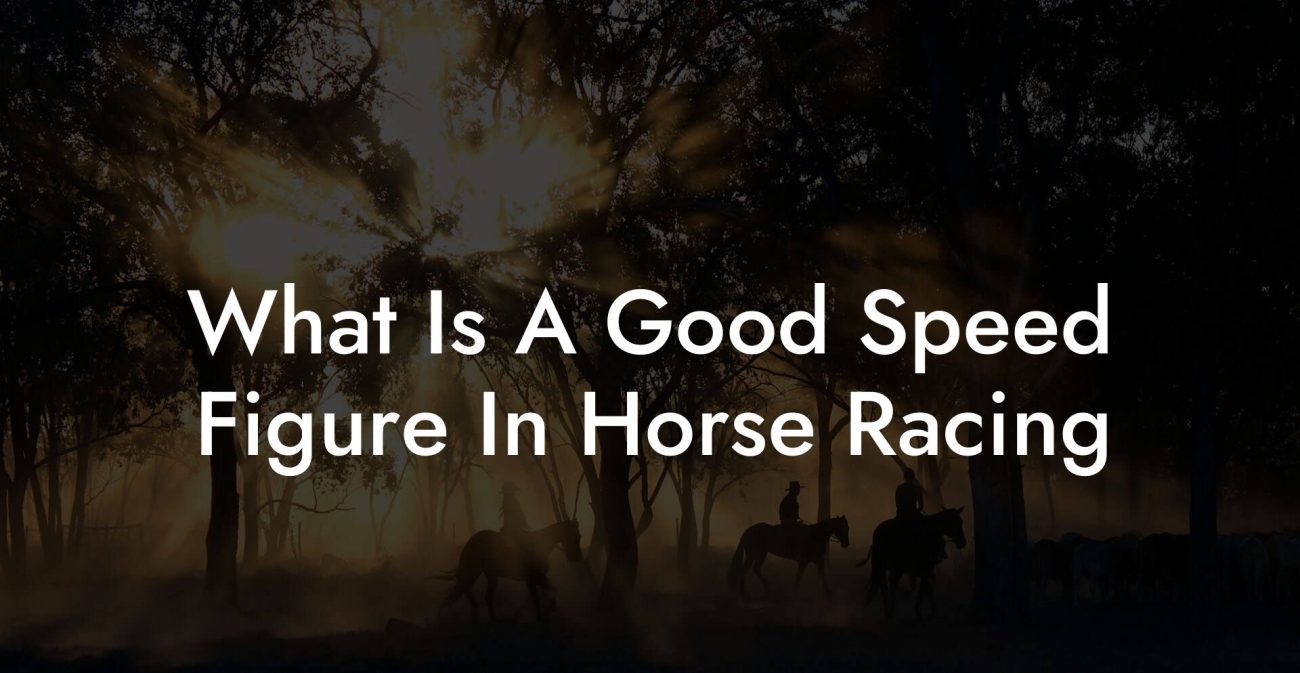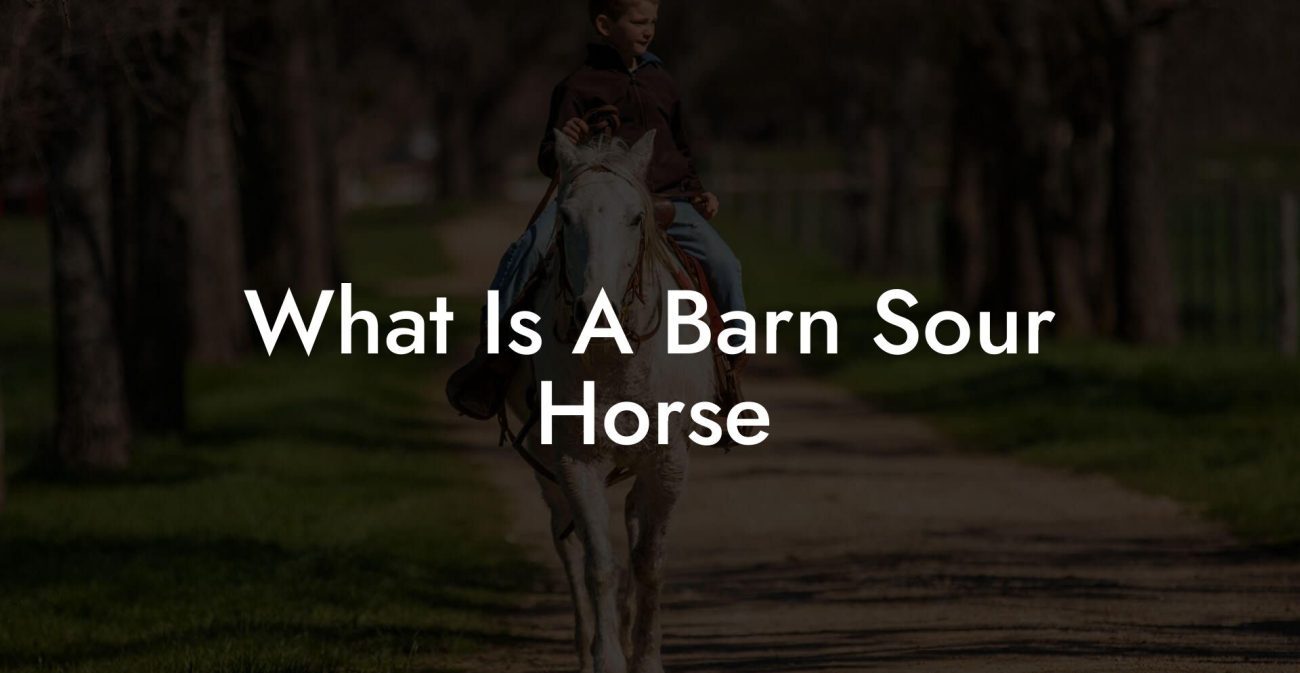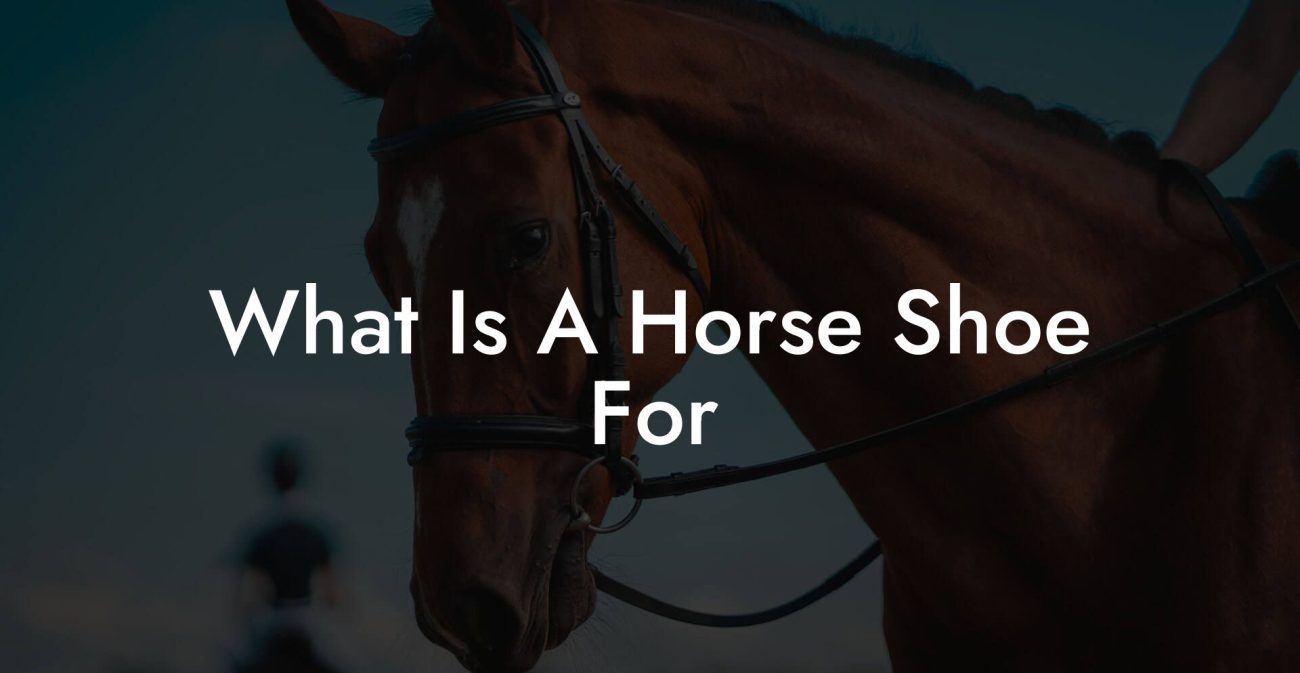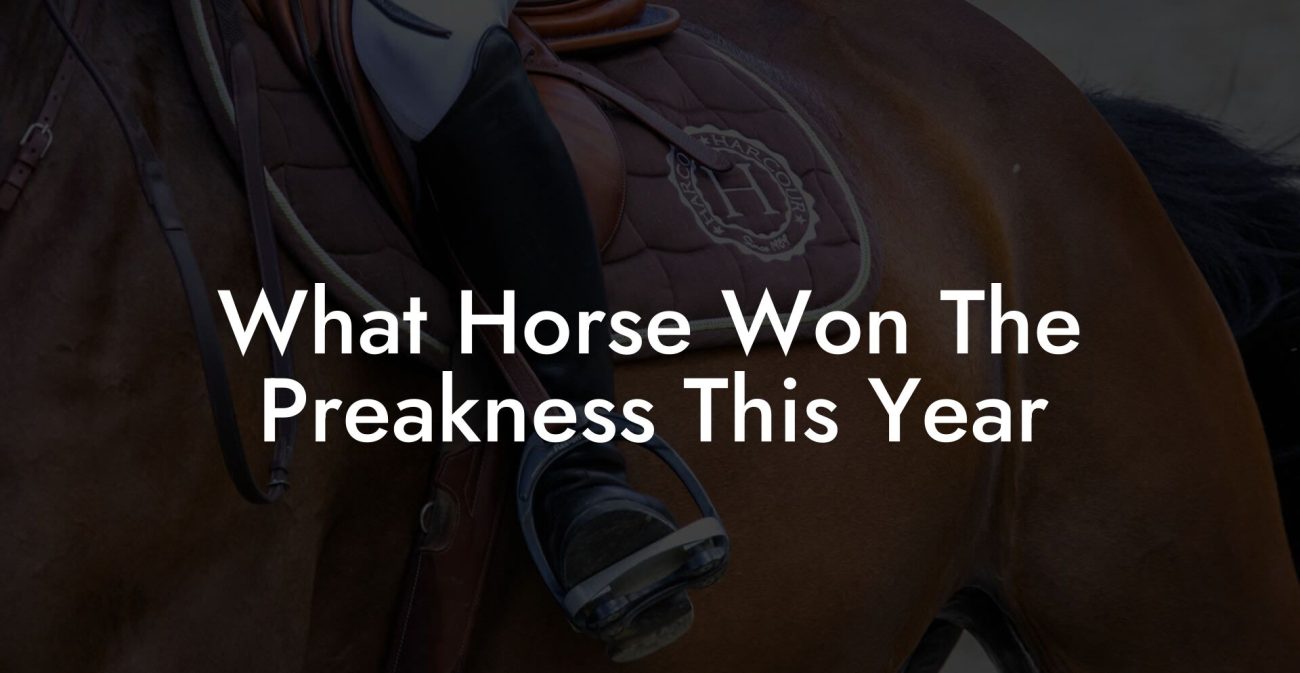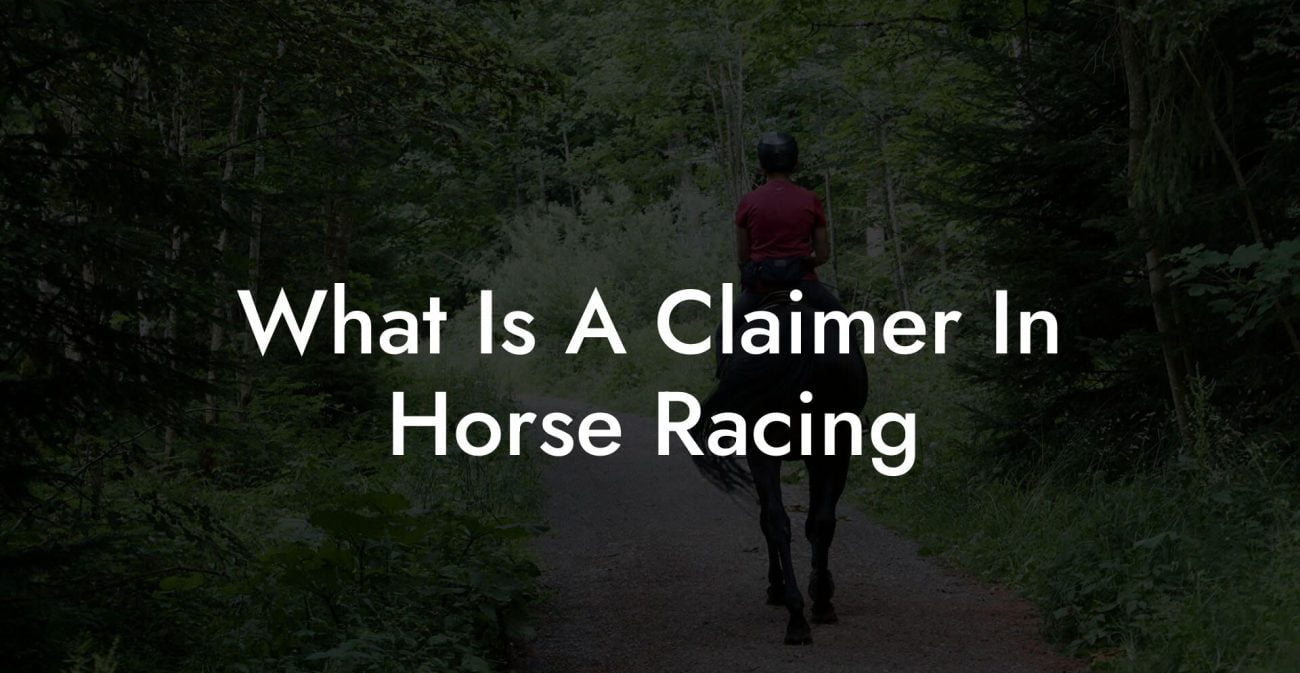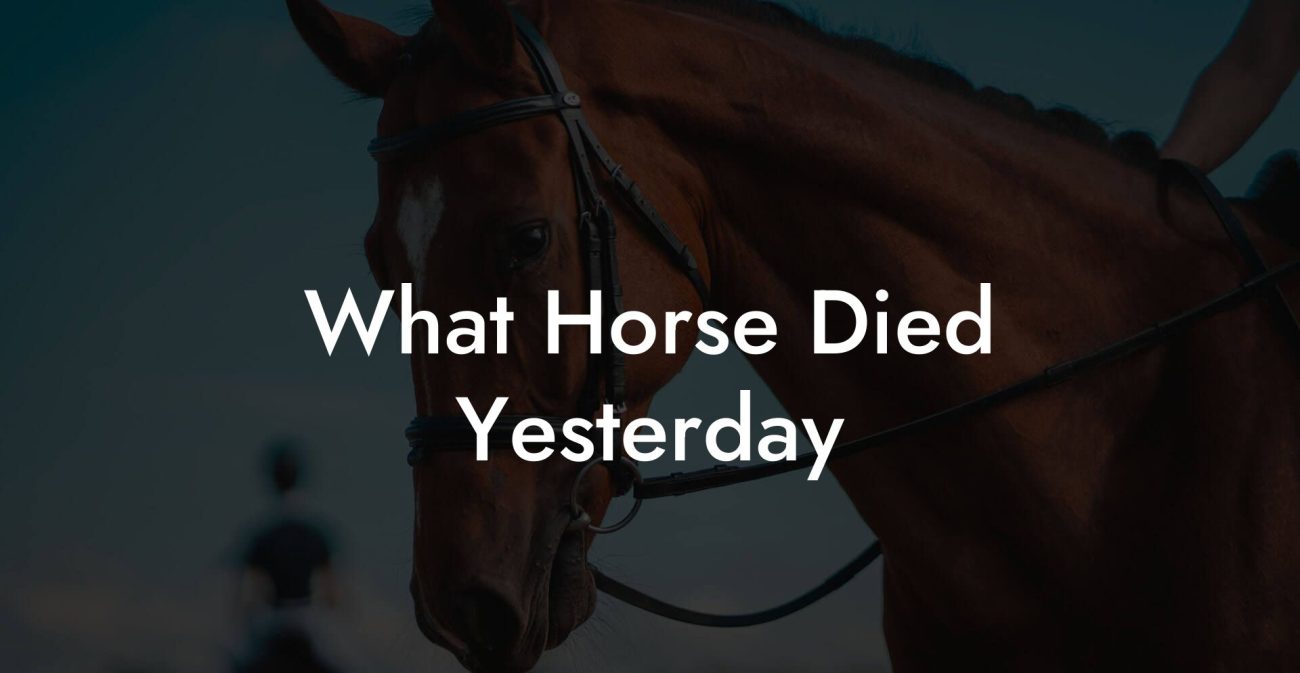Ever witnessed a horse glide sideways with the elegance of a seasoned ballerina while its rider subtly nudges it with a cross of the legs? If so, you’ve just seen the magic of the leg yield, a lateral movement in riding that isn’t just for show but a crucial training tool in equestrian disciplines. This pillar page takes you on a deep dive into the world of lateral horse movements, exploring everything from the mechanics of a leg yield to how you can incorporate this slick technique into your everyday horse care routine, all while keeping it fun, relatable, and totally on-trend for Gen-Z and millennial equestrians.
Quick Links to Useful Sections
- The Legacy of Lateral Movements in Equestrian Arts
- What Exactly Is a Leg Yield?
- The Mechanics Behind the Magic: How to Execute a Perfect Leg Yield
- Why Lateral Movements Matter: Benefits for Your Horse’s health and Performance
- Training Techniques: Teaching Your Horse the Leg Yield
- 1. Groundwork and Lateral Flexion Exercises
- 2. Start with a Walk
- 3. Use Consistent Cues
- 4. Incorporate Variations
- 5. Leverage Video Feedback
- A Day in the Life of a Leg Yield: Practical Riding Drills
- Warm-Up Routine
- The Yield Drill
- Integration with Other Movements
- Cool-Down and Reflection
- Common Pitfalls: Mistakes to Dodge When Teaching the Leg Yield
- Overusing Force
- Inconsistent Cues
- Poor Posture or Balance
- Rushing the Process
- Gear Up: equipment Essentials for Lateral Training
- Proper Tack
- Comfortable Riding Apparel
- stable Environment
- Video Recording Device
- Integrating the Leg Yield into Your Riding Routine
- Warm-Up Exercises
- Transitional Movements
- Advanced Training Drills
- Cool-Down Routine
- Communication in the Arena: The Rider’s Role in the Leg Yield
- Leg Yield in Different Riding Disciplines
- Classical Dressage
- Western Riding
- Jumping and Eventing
- Resources and Community Support: Your Next Steps
- Frequently Asked Questions About Lateral Horse Movements
- Your Journey to Mastering Lateral Horse Movements
The Legacy of Lateral Movements in Equestrian Arts
Horses have been humanity’s trusted partners for centuries, not only in travel or work but also in competitive sports and leisure riding. Among the many movements a horse can perform, lateral movements hold a special place. These moves, which allow a horse to shift its body sideways, epitomize balance, suppleness, and self-carriage. In classical dressage, the leg yield is the marquee lateral exercise that helps horses learn to move both gracefully and obediently.
Whether you’re a seasoned rider or a curious newcomer who just can’t get enough of equestrian content on social media, understanding lateral movements like the leg yield is essential. These movements help keep your horse healthy by improving muscle tone, coordination, and responsiveness while also elevating your riding skills to that coveted “wow, they’re riding like a pro” level.
Today, the leg yield transcends the competitive arena. It’s a training asset that modern riders integrate into everyday sessions to foster a deeper connection with their equine partners. And if you’re interested in caring for your horse, incorporating these moves might just be one of the smartest, and most fun, addition to your equestrian repertoire.
What Exactly Is a Leg Yield?
At its core, a leg yield is a lateral movement where the rider uses leg aids to signal the horse to move diagonally, often crossing its legs slightly in the process. The result? A smooth, sideways shift that challenges the horse to engage muscles that might otherwise go underused. It’s about communication, using your legs, seat, and subtle rein cues to tell your horse exactly where to go.
This move isn’t just about aesthetics; it’s designed to enhance a horse's suppleness, responsiveness, and overall training. Think of it as a dynamic warm-up for your horse’s back end, a chance to stretch, realign the body, and build muscle memory for better movement both in and out of the arena.
For riders keen on elevating their horse care and training practices, mastering the leg yield is a gateway to unlocking a full spectrum of lateral driving exercises that contribute to a well-rounded, healthy horse.
The Mechanics Behind the Magic: How to Execute a Perfect Leg Yield
Picture this: You’re sitting atop your horse, feeling the rhythm of its movement beneath you. To perform a leg yield, you apply gentle pressure with your inside leg while simultaneously releasing the rein on that same side. This orchestration of subtle aids encourages the horse to step sideways. The movement requires finesse, as too much pressure might confuse the horse, while too little might leave it unresponsive.
The key components include:
- Inside Leg Pressure: Press your leg against the horse’s side to encourage a lateral step.
- Rein Release: Lightly ease the rein on the side of the yield to allow the horse more freedom to move sideways.
- Body Position: Maintain a balanced, centered seat to provide clear, consistent signals.
- Rhythm and Flow: Keep a steady rhythm. The leg yield should look and feel like a natural extension of the horse’s gait.
With consistent practice, your horse learns not just to pivot sideways but to engage and stretch the muscles that support long-term performance and sound movement.
And while the science behind it is fascinating, the beauty of the leg yield is that it also makes riding a more interactive, intuitive, and, dare we say, cool experience.
Why Lateral Movements Matter: Benefits for Your Horse’s health and Performance
Incorporating lateral movements like the leg yield into your riding sessions does more than just enhance aesthetics. There are multitudinous benefits that make this technique a cornerstone of modern equestrian training:
- Improved Flexibility: Regularly practicing the leg yield helps to stretch the horse’s muscles, particularly along the back, hips, and shoulders. This increased flexibility contributes to better overall movement quality and reduces the risk of injuries.
- Enhanced Coordination: The exercise demands precise communication and coordination between horse and rider, reinforcing the connection and responsiveness between the two.
- Muscle Balance: Lateral movements encourage symmetrical muscle development, helping to prevent overuse injuries and promoting even strength across the horse’s body.
- Increased Focus: Learning and practicing these movements boosts the horse’s mental engagement. Just as we enjoy a good challenge, horses thrive on mental stimulation that keeps them sharp and responsive.
- Better Groundwork: These exercises lay the foundation for more advanced training techniques by improving the horse’s overall suppleness and responsiveness.
Simply put, if you care about your horse’s well-being and are looking for ways to add a fresh twist to your riding routine, lateral movements like the leg yield are a must-try. They combine physical benefits with a mental challenge that keeps every session engaging and fun!
Training Techniques: Teaching Your Horse the Leg Yield
When it comes to teaching your horse the leg yield, patience, consistency, and a dash of creativity go a long way. Here are some practical training techniques you can start using today:
1. Groundwork and Lateral Flexion Exercises
Begin on the ground by working on lateral flexion. Stand beside your horse and guide it through gentle sideways steps. Use treats or verbal praise to reward the desired behavior; this builds trust and helps the horse understand what you’re asking. As you progress, slowly introduce more movement and cross-over cues.
2. Start with a Walk
Once your horse is comfortable with lateral flexion on the ground, mount up and practice at the walk in a controlled environment, like a round pen or a quiet arena. Focus on applying gentle, consistent leg pressure combined with rein release. The goal is to get your horse to move sideways gracefully, without hesitations.
3. Use Consistent Cues
Whether it’s the subtle squeeze of your inner thigh or a soft release of the rein, consistency is key. Your horse will begin to associate these cues with the lateral movement. Repeating the same signal every time helps embed the behavior, making your rides smoother and more intuitive.
4. Incorporate Variations
To keep things exciting (and avoid boredom for both you and your horse), mix up your routines. Practice the leg yield not only during straight lines but also within figure-eights and circles. This helps your horse learn to yield its body in any direction, enhancing its overall flexibility and responsiveness.
5. Leverage Video Feedback
In true Gen-Z style, record your sessions and review your technique. Video feedback isn’t just for influencers, it’s a powerful tool to spot areas of improvement in both your cueing technique and your horse’s responsiveness.
Remember, every horse is on its own journey. What works for one might need tweaking for another, so stay flexible, keep experimenting, and always prioritize positive reinforcement.
A Day in the Life of a Leg Yield: Practical Riding Drills
Let’s break down an entire riding session that incorporates the leg yield into your daily routine. Whether you’re in a quiet barn or out at your favorite trail, these drills are easily adaptable:
Warm-Up Routine
Kick off your session with a dynamic warm-up. Start with a few minutes of walking to loosen up and establish a connection with your horse. Incorporate gentle stretching exercises as you trot in a small circle. This warms up both your muscles and your horse’s, setting the stage for focused training.
The Yield Drill
Engage in a dedicated yield drill where you execute the leg yield repeatedly over a set distance. Visualize guiding your horse as if you’re drawing an invisible line along the arena. Keep your cues consistent, and celebrate small victories, because every perfectly executed yield is a step closer to mastery.
Integration with Other Movements
After the yield drill, mix it with transitions between gaits. For example, practice a sequence where you transition from a walk yield into a trot or even back into a halt. This not only reinforces the lateral movement but also makes your riding sessions more dynamic and engaging.
Cool-Down and Reflection
Conclude your session with a cool-down period. Let your horse move at a relaxed pace as you review the session either in your mind or by reviewing your video clips. This reflective practice is key to continuous improvement and ensures that both you and your horse end on a high note.
Incorporating these drills into your routine will help the leg yield become second nature, fostering a deeper bond, improved communication, and overall enhanced performance.
Common Pitfalls: Mistakes to Dodge When Teaching the Leg Yield
Even the most dedicated riders can stumble when first introducing the leg yield into their training sessions. Let’s break down some common pitfalls and the tips to avoid them:
Overusing Force
Pushing too hard with your legs or reins can confuse your horse, leading to tension and resistance. The art of the leg yield lies in finesse, not force, gentle, consistent cues are far more effective.
Inconsistent Cues
Imagine trying to follow a friend who gives mixed signals about which direction to go, it’s confusing, right? Inconsistent cues from the rider can lead to the same outcome for your horse. Be deliberate and consistent in your technique.
Poor Posture or Balance
Your body is an essential communication tool. Slouching or leaning too heavily on one side may inadvertently signal your horse to move in an unintended direction. Work on your posture and maintain a centered, balanced position throughout your ride.
Rushing the Process
Progress takes time. Rushing or forcing the yield movement before your horse is ready can lead to frustration on both sides. Embrace the journey, celebrate small wins and maintain patience.
By being aware of these common mistakes and approaching each training session with a light-hearted, patient mindset, you can navigate the learning curve and turn each ride into an opportunity for growth, for both you and your horse.
Gear Up: equipment Essentials for Lateral Training
While the leg yield is all about subtle cues and body language, having the right gear can amplify your training efforts. Here’s what should be in your equestrian toolkit:
Proper Tack
Invest in a well-fitted saddle that supports a balanced seat, this is crucial for transmitting clear cues to your horse. A bit that allows for flexibility in communication without compromising control is also recommended.
Comfortable Riding Apparel
Look for clothing that allows you to move freely and confidently. Whether it’s form-fitting jodhpurs or moisture-wicking jerseys, being comfortable can make a huge difference in your ability to deliver crisp, confident aids.
stable Environment
While not physical gear, the environment where you train matters. Ensure you have a safe, clean, and adequately lit arena or round pen to practice lateral movements. A calm setting reduces distractions for both you and your horse.
Video Recording Device
As mentioned earlier, recording your sessions can provide invaluable feedback. A smartphone or small camera mounted securely can capture angles that reveal details you might otherwise miss.
With the right equipment, your training sessions can become more effective while adding a professional touch to your technique. This is especially important when sharing your progress on online platforms or engaging with a community of equestrian enthusiasts.
Integrating the Leg Yield into Your Riding Routine
The beauty of the leg yield lies in its versatility. Once your horse masters the basic lateral movement, you can seamlessly integrate it into various aspects of your riding routine. Here’s how:
Warm-Up Exercises
Incorporate leg yields as part of your daily warm-up. A few minutes of lateral work at the beginning of a session can prepare your horse both mentally and physically for more challenging exercises.
Transitional Movements
The leg yield can serve as a bridge between gaits. Transitioning from walk yield to a trot or even a canter becomes smoother as your horse learns to anticipate the change in direction and pace.
Advanced Training Drills
As your horse becomes more comfortable with lateral movements, introduce more sophisticated drills. These might include serpentine paths, diagonal movements across the arena, or complex patterns that require quick, precise shifts in direction.
Cool-Down Routine
Just as a dynamic warm-up is essential, a cool-down that incorporates gentle leg yields can help your horse relax and stretch after intense training. This period allows the muscles to loosen up, aiding recovery and reinforcing the day’s lessons.
Ultimately, integrating the leg yield into your routine not only sharpens your horse’s skills but also keeps your sessions fresh and engaging. It’s a practice that nurtures both the body and the mind, underscoring the holistic approach to horse care.
Communication in the Arena: The Rider’s Role in the Leg Yield
You’re not just riding a horse, you’re embarking on a silent conversation where every touch and movement speaks volumes. The leg yield epitomizes the art of non-verbal communication, where your body, legs, and seat work harmoniously to guide your equine partner.
To become a master communicator:
- Develop a Soft Seat: A deep, balanced seat allows for nuanced signals. The more attuned you are with your body, the better your horse responds.
- Be Consistent: Consistency in your cues builds trust. The horse learns that the subtle squeeze of your leg or the slight release of the reins always means the same thing.
- Stay Relaxed: A relaxed rider creates a relaxed horse. Tension in your body is often mirrored in your horse, so breathe and let your body communicate naturally.
By fostering clear communication through the leg yield, you create an environment where both you and your horse thrive. It’s the secret sauce that turns every ride into an interactive, enriching experience.
Leg Yield in Different Riding Disciplines
Although the leg yield is most often associated with classical dressage, its benefits and applications span across multiple disciplines. Let’s explore how this maneuver makes its mark in various riding styles:
Classical Dressage
In dressage, the leg yield is more than just a lateral movement, it’s a testament to a horse’s suppleness and obedience. It’s used as a preparatory exercise to improve the horse’s flexibility and to position it correctly for more advanced maneuvers. Here, precision and finesse are paramount.
Western Riding
Although Western riding tends to emphasize a different repertoire of movements, elements of lateral work are present in practices such as reining and cutting. Even on the trail, smooth lateral movements can enhance a horse’s agility and overall comfort under saddle.
Jumping and Eventing
For disciplines that demand versatility and quick directional changes, the ability to yield laterally is crucial. It not only improves a horse’s agility but also helps riders establish a rhythm that makes transitions between jumps and turns far more fluid.
No matter the discipline, the lateral movement of a leg yield enriches a horse’s training, ensuring that it stays responsive, flexible, and ready for any challenge thrown its way.
Resources and Community Support: Your Next Steps
Venturing into the nuanced world of equestrian lateral movements might feel overwhelming at first, but remember, you’re not alone. There’s a thriving community of riders, trainers, and horse lovers who are passionate about sharing their tips, experiences, and support.
To further your journey:
- Join Online Forums: Platforms like The Horse Forum, Reddit’s r/equestrian, and various Facebook groups are fantastic for exchanging advice and learning about new training techniques.
- Attend Clinics and Workshops: Look for local or online workshops on dressage, Western riding, or specific lateral movement training sessions led by experienced professionals.
- Follow Your Favorite Equestrian Influencers: Social media is brimming with expert riders and trainers who share their step-by-step guides, success stories, and even hilarious riding fails (because sometimes, you just have to laugh).
- Subscribe to Equestrian Blogs and Newsletters: Stay updated with the latest trends in horse care, training tips, and innovative techniques that can help refine your leg yield and overall riding style.
- Local Riding Clubs: Join a riding club or attend local shows to gain firsthand experience and feedback from fellow enthusiasts.
Embrace the collective wisdom and support of the equestrian community, your next breakthrough in mastering the leg yield might just be one conversation away.
Frequently Asked Questions About Lateral Horse Movements
Navigating the world of leg yields, lateral flexion, and other equestrian techniques raises plenty of questions. Below are some of the most frequently asked questions, along with practical answers to help you on your journey.
1. What is the leg yield, and how does it differ from other lateral movements?
The leg yield is a specific lateral movement where the rider uses precise leg pressure and subtle rein releases to encourage the horse to move diagonally, crossing its legs. It differs from other lateral movements in its focus on controlled, measured cues aimed at improving suppleness and responsiveness.
2. Why is the leg yield important for my horse’s overall health and training?
Incorporating the leg yield into your training routine promotes muscle balance, improves flexibility, and enhances cognitive engagement. It sets the foundation for advanced maneuvers and helps prevent injuries by encouraging proper body alignment.
3. How can I tell if my horse is performing the leg yield correctly?
A correctly performed leg yield is smooth, with no signs of resistance or tension. Your horse should move laterally in a relaxed manner, maintaining a consistent rhythm and clear alignment with your aids.
4. What are common mistakes to avoid when teaching the leg yield?
Avoid overusing force, delivering inconsistent cues, and neglecting your own posture. Patience is key, forcing the yield can cause tension and slow progress.
5. Can beginners learn the leg yield, or is it reserved for advanced riders?
Beginners can definitely learn the leg yield as long as the training is gradual and guided by experienced instruction. Starting with simple lateral exercises on the ground or during a walk can build the necessary foundation.
6. Which equestrian disciplines emphasize lateral movements the most?
Classical dressage places a strong emphasis on lateral movements like the leg yield. However, variations of lateral movement are also useful in Western riding, jump competitions, and eventing.
7. How often should I include lateral movement exercises in my training routine?
Incorporating lateral movements into your riding sessions two to three times a week is ideal. Regular practice helps reinforce muscle memory without overwhelming your horse.
8. What equipment can enhance my training experience when working on lateral movements?
A well-fitted saddle, comfortable riding apparel, and a safe training environment are crucial. Additionally, recording devices can provide feedback to refine your technique.
9. Are there online resources or communities specifically for lateral movement training?
Yes, many online forums, social media groups, and equestrian blogs focus on lateral training techniques. These communities are great places to share experiences, ask questions, and learn from seasoned riders.
10. Can lateral movement exercises improve my horse’s performance in competitions?
Absolutely. A horse that is responsive, flexible, and balanced due to regular lateral training will perform better in competitive scenarios, whether in dressage, Western events, or jumping trials.
Your Journey to Mastering Lateral Horse Movements
Embracing the leg yield and other lateral movements is more than a training exercise, it’s an art form that deepens the bond between you and your horse. Every session on the arena is a new chapter in a partnership built on trust, communication, and a shared passion for movement. With every subtle cue and every smooth sideways glide, you’re not only enhancing your horse’s physical capabilities, but also sculpting a journey of growth, learning, and a whole lot of fun.
Whether you’re riding for competitive excellence, leisure, or simply to enjoy the beauty of equestrian art, lateral training can transform your approach. The techniques outlined here offer a blend of scientific insight, practical tips, and a dash of humor, all designed to make your riding experience more enjoyable and effective.
So next time you see a horse elegantly shifting sideways with that unmistakable cross over of the legs, remember that it’s not just a trick, it’s a testament to the power of disciplined training and a deep, silent conversation between rider and horse. Trust your instincts, get creative, and let every ride be a step toward a more connected and dynamic equestrian journey.
Embrace the challenge, learn from every ride, and don’t forget to enjoy the process. Your journey into mastering lateral horse movements is just beginning, and it promises to be as rewarding as it is transformative.


